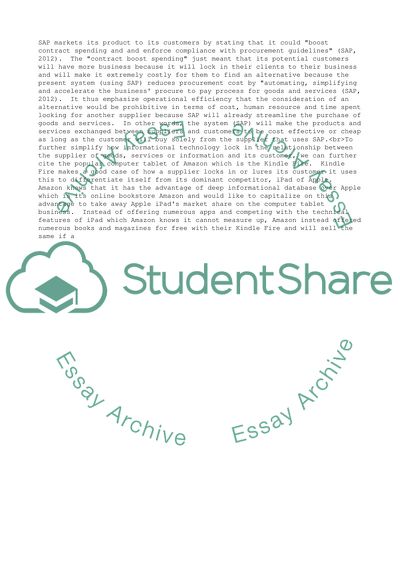Cite this document
(Information Systems Essay Example | Topics and Well Written Essays - 2000 words - 7, n.d.)
Information Systems Essay Example | Topics and Well Written Essays - 2000 words - 7. https://studentshare.org/business/1785649-information-systems
Information Systems Essay Example | Topics and Well Written Essays - 2000 words - 7. https://studentshare.org/business/1785649-information-systems
(Information Systems Essay Example | Topics and Well Written Essays - 2000 Words - 7)
Information Systems Essay Example | Topics and Well Written Essays - 2000 Words - 7. https://studentshare.org/business/1785649-information-systems.
Information Systems Essay Example | Topics and Well Written Essays - 2000 Words - 7. https://studentshare.org/business/1785649-information-systems.
“Information Systems Essay Example | Topics and Well Written Essays - 2000 Words - 7”. https://studentshare.org/business/1785649-information-systems.


